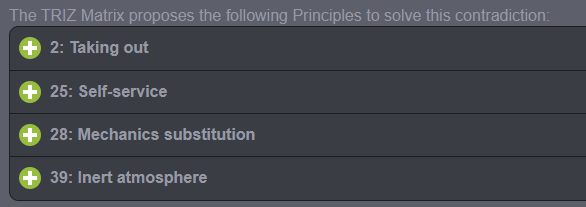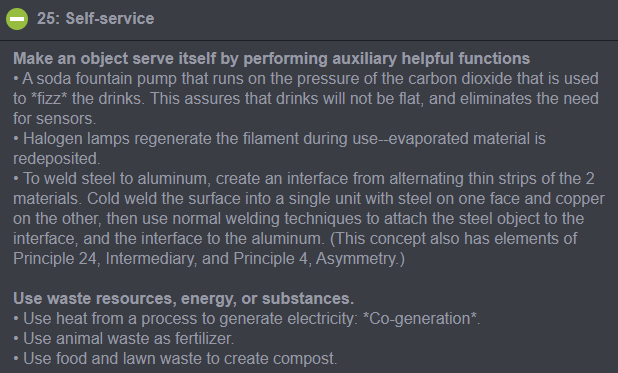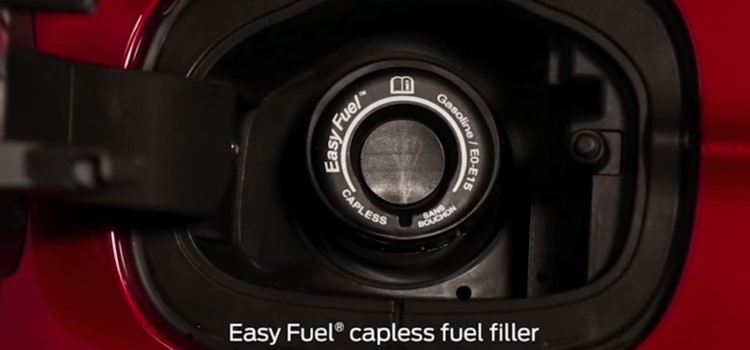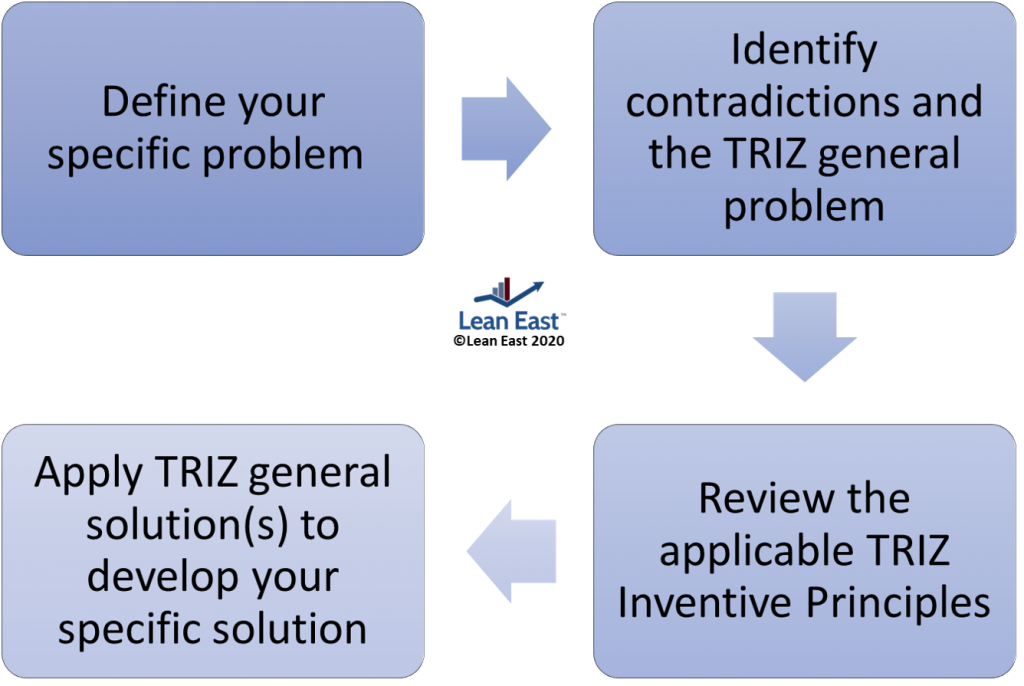Is your company interested in improving its products, services, and systems but not sure where to start? It is very likely that a solution to your problem has already been discovered by another industry somewhere in the world.
Many of the most innovative companies worldwide apply TRIZ inventive problem-solving methods to innovate their products as well as their processes. TRIZ (pronounced “(/ˈtriːz/”) is a Russian acronym that translates to “theory of the resolution of invention-related tasks” and is “a problem-solving, analysis and forecasting tool derived from the study of patterns of invention in the global patent literature.”
History of TRIZ
TRIZ was first developed over 50 years ago by Russian inventor, Genrich Altshuller, and his colleagues. The team studied hundreds of thousands of published patents to discover patterns in the solutions and also the characteristics of the problems overcome.
The research found that problems and solutions repeated across industries and sciences. It also found that innovations often use scientific effects from outside the field in which they were developed. Somebody in a different industry or space has probably already solved your problem, or one very similar to it. TRIZ helps discover that solution and how to creatively apply it to your current problem.
This post will demonstrate how to use several of the key elements in the basic TRIZ inventive problem-solving process. This includes the contradictions matrix and the 40 Principles of TRIZ. We will share the 4-step TRIZ process and also demonstrate it with an example.
TRIZ process
TRIZ draws on the past ingenuity of many thousands of engineers and inventors to accelerate a project team’s ability to solve problems creatively. The TRIZ patent study found that inventive solutions either eliminate or resolve a contradiction without requiring a trade-off.
The 4-step procedure for TRIZ is:
- Define your problem(s). Be sure to consider the problem from the user’s point of view.
- Formulate a conflict statement with the contradictions identified: What we want to improve . . . but not at the expense of . . .
- The contradictions matrix will point to 3 or 4 of the 40 Inventive Principles of TRIZ to consider. Read the example below for more information on using these principles.
- Study these 3-4 relevant Inventive Principles and brainstorm which of the principles can apply to your problem. In this step, think like a detective. A good solution will likely come from one of the principles. Then, move forward and test the top solution.
TRIZ Example
An automotive company had a product innovation need related to the gas cap, so they brought a team together and used TRIZ to develop an innovative solution.

Step 1:
First, generate a problem statement: Multiple customer complaints state that gas caps are hard to install, easy to forget, make your hands smell like gas, and make the check engine light appear if not properly closed.
Step 2:
Next, generate a conflict statement: We want to make it easy to add gas to the automobile but not at the expense of safety and functionality.
Step 3:
Then, go to the contradictions matrix and select the contradictions from the list of 39 that best fit the conflict statement. We recommend an online resource rather than a complex paper-based matrix.
Now, set the contradictions. First, the feature to improve. Next, the feature to preserve. Feel free to try several options as it takes some getting used to. Here is an example of how we narrowed down our Inventive Principles for a focus:

The Contradictions Matrix points to these Inventive Principles based on the contradictions above:

Step 4:
Finally, expand the 3-4 Inventive Principles and brainstorm solutions. In this case, Principles 2 and 25 provided helpful ideas. When we “single out the only necessary part (or property) of an object,” we realize that the only function of the gas cap is to seal the gas tank filling port. So, we ask ourselves, can this be done without the cap?
Another clue came from Principle 25:

Can we “make an object serve itself by performing auxiliary helpful functions”?
The solution (we believe first implemented by Ford) was to use a spring-loaded flap in the fill nozzle. The flap seals the fuel tank in place of the gas cap!

We hope this simple example shows how to use the TRIZ inventive problem-solving methods to innovate. The method will support product, process, and system improvements. Some principles are fairly technical (e.g. dealing with material properties) and engineering-focused. You can review all 40 TRIZ Principles here.

TRIZ as a Competitive Advantage
It’s hard to gauge the popularity of TRIZ because it is believed that many companies do not share their use of the method. They prefer to keep it as a trade secret. However, some companies have reported use of TRIZ problem-solving methods including General Electric, Rolls-Royce, BAE Systems, NASA, Siemens, Ford, General Motors, Procter & Gamble, BMW, and Apple.
Samsung invested heavily in embedding TRIZ use throughout the company, training multiple employees and even the CEO. “In 2003 TRIZ led to 50 new patents for Samsung and in 2004 one project alone, a DVD pick-up innovation, saved Samsung over $100 million. TRIZ is now an obligatory skill set if you want to advance within Samsung.”
We love to help local innovators study their problems and apply TRIZ methodology to develop solutions. If you are in the New England region please connect with Lean East privately to discuss your challenge and see how TRIZ can help you discover an innovative solution.
Now go and use TRIZ to help invent something!





Read all the comments on the web about what goes wrong with this system and what an irritation it is to repair. This is not a good TRIZ example without also considering the failure analysis aspects of TRIZ.